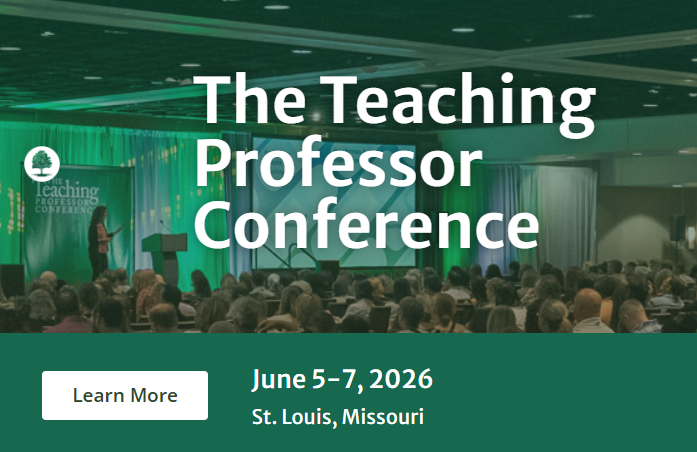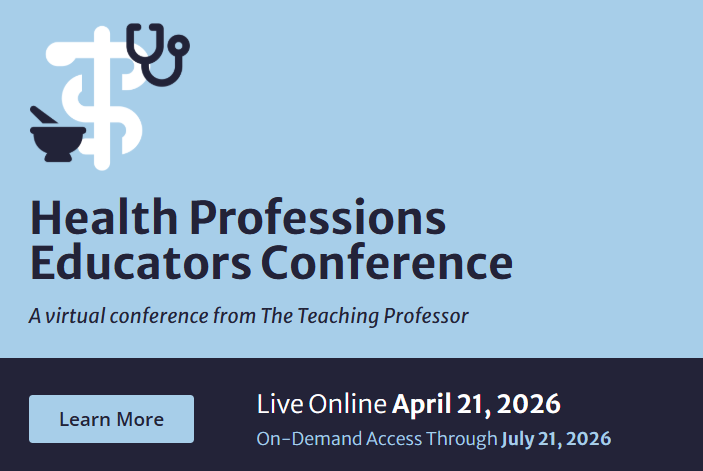While most faculty stick with the tried-and-true quiz and paper assessment strategies for their online courses, the wide range of technologies available today offers a variety of assessment options beyond the traditional forms. But what do students think of these different forms?
Scott Bailey, Stacy Hendricks, and Stephanie Applewhite of Stephen F. Austin State University experimented with different assessment strategies in two online courses in educational leadership, and surveyed students afterward on their impressions of each one. The students were asked to score the strategies using three criteria: 1) enjoyment, 2) engagement with the material, and 3) transferability of knowledge gained to practice. The resulting votes allowed investigators to rank the various strategies from least to most preferred by students.












